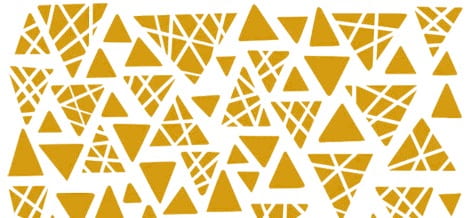Assistive Technologies & Chat GPT
In response to the ongoing debates about ChatGPT and higher education, we’ve put together this short bibliography, as well as links to additional resources, for Writing Program faculty.
The goal of this list of articles and resources is not to weigh in on the debates, or to be completist. This list highlights some different perspectives and issues that can help us to form our individual positions as instructors, as we develop pedagogical strategies for how to engage with our students.
- Susan D’Agostino, “ChatGPT Academics Can Use Now,” Inside Higher Ed, January 12, 2023.
- D’Agostino focuses on how to integrate ChatGPT into the classroom and invite students into the conversation. D’Agostino emphasizes that we should “channel anxiety over ChatGPT into productive experimentation.”
- Jordan S. Carroll, “Don’t Blame Students for Using ChatGPT to Cheat,” The Nation, January 20, 2023.
- Carroll urges academic laborers in higher education to situate the discourse over plagiarism within broader political questions about the future of the university system. The article decenters pedagogical policing, and directs readers towards student-teacher solidarity.
- Will McDuffie, “Vanderbilt University Apologizes After Using ChatGPT to Console Students,” ABCNews, February 21, 2023.
- This article highlights the way this is not simply about students plagiarizing, and provides one example of how ChatGPT is being deployed by university administrators, to the chagrin of their students.
- Lance Eaton, “Classroom Policies for AI Generative Tools.”
- This Google Doc resource was created for the purposes of sharing and helping other instructors see the range of policies available by other educators to help in the development of their own for navigating AI-Generative Tools (such as ChatGPT, MidJourney, Dall-E, etc).
- Kalley Huang, “Alarmed by A.I. Chatbots, Universities Start Revamping How They Teach,” New York Times, January 16, 2023.
- This article sounds the alarm about the use of A.I. at the university level, while providing an overview of how universities are responding to ChatGPT.
- Sam Illingworth, “ChatGPT: Students Could Use AI to Cheat, but It’s a Chance to Rethink Assessment Altogether,” The Conversation, January 19, 2023.
- Illingworth raises questions about assessment, and makes the case that ChatGPT is an opportunity to radically transform how we approach grading.
- Anna Mills and Lauren M.E. Goodlad, “Critical AI: Adapting College Writing for the Age of Large Language Models such as ChatGPT: Some Next Steps,” Critical AI, January 17, 2023.
- Mills and Goodlad present a number of practical approaches for instructors, as well as a list of well-rounded resources for further reading. Their emphasis is on pedagogical praxis and how to move away from alarmism.
- Victor Tangermann, “There’s a Problem With That App That Detects GPT-Written Texts: It’s Not Very Accurate,” Futurism, January 9, 2023.
- Tangermann’s research highlights the risks of over-reliance on software like GPTZero: “The numbers speak for themselves. GPTZero correctly identified the ChatGPT text in seven out of eight attempts and the human writing six out of eight times. Don’t get us wrong: the numbers are impressive. But they also indicate that if a teacher or professor tried using the tool to bust students doing coursework with ChatGPT, they would end up falsely accusing nearly 20 percent of them of academic misconduct.”
- Ryan Watkins, “Update Your Course Syllabus for ChatGPT,” Medium, December 18, 2022.
- Watkins offers suggestions for how to update our syllabi given the ease of availability of ChatGPT for students, while encouraging faculty “to focus on the value you offer students as their instructor.” He also provides ideas for creative assignments adapted for a classroom with ChatGPT.
- Ezra Klein, “The Imminent Danger of A.I. Is One We’re Not Talking About,” New York Times, February 26, 2023.
- Klein reflects on the intertwining of capitalism and technology while questioning how A.I.-powered chatbots, such as Microsoft’s Bing, will be used and who will decide.
For more resources, check out this list from CITL, as well as “AI Text Generators: Sources to Stimulate Discussion Among Teachers,” which is a massive list compiled by Anna Mills for the Writing Across the Curriculum Clearinghouse.
 A special thank you to the 42 instructors who responded to our PDC grading survey, about an 85% response rate! The full results are linked below, but here are the most important takeaways:
A special thank you to the 42 instructors who responded to our PDC grading survey, about an 85% response rate! The full results are linked below, but here are the most important takeaways: 

